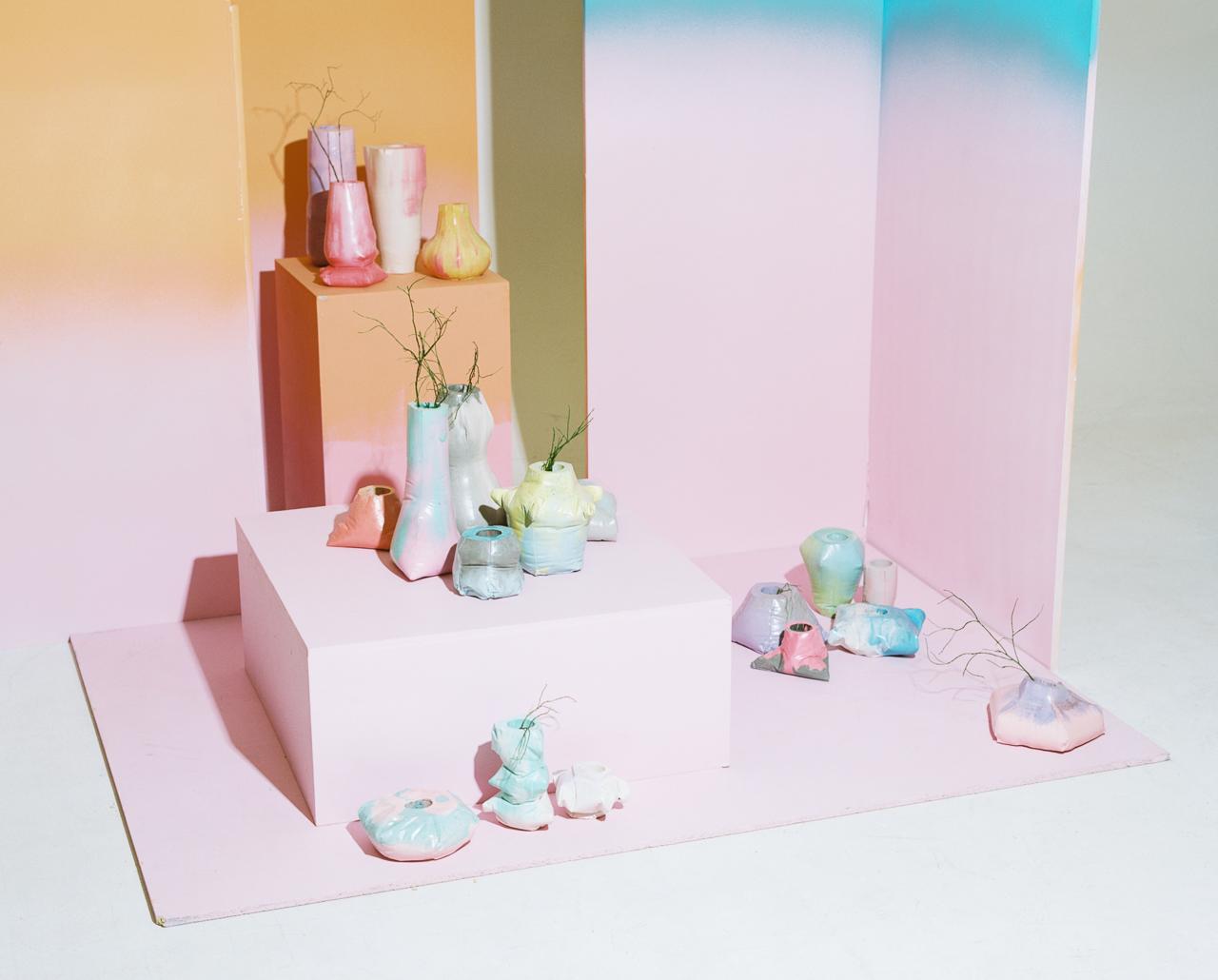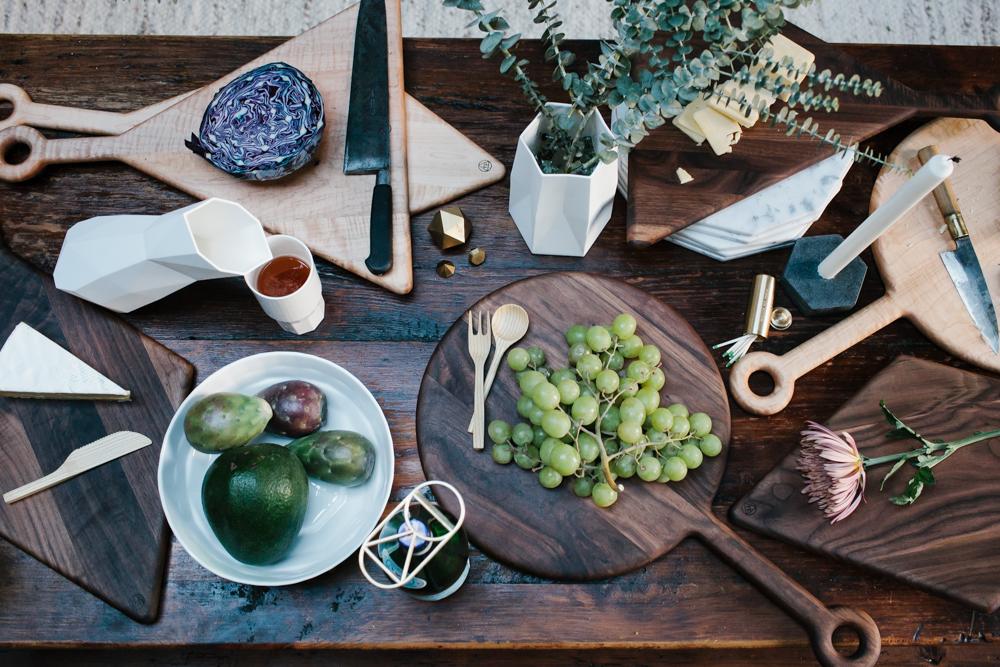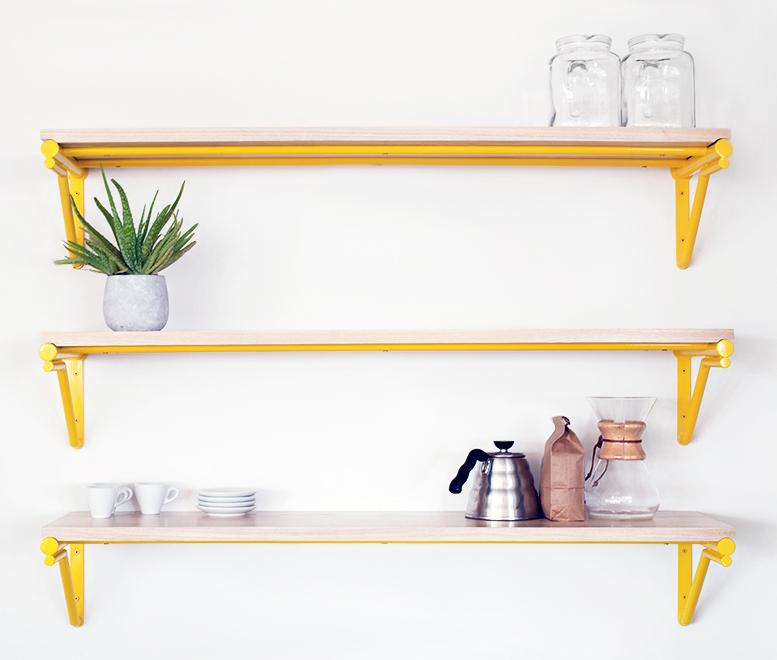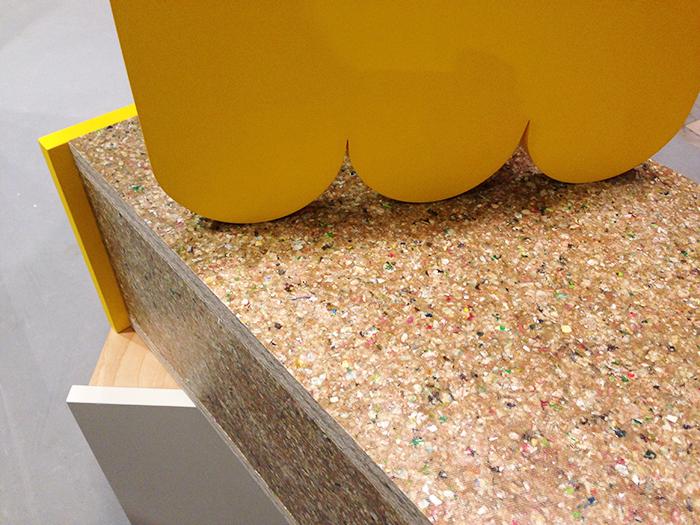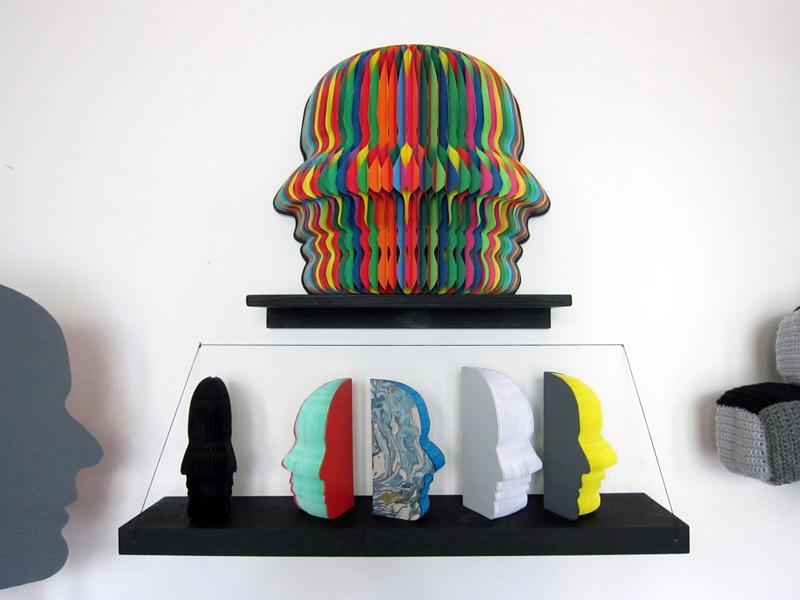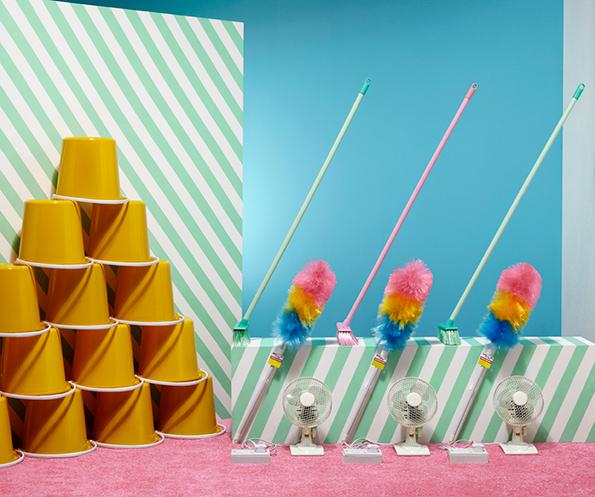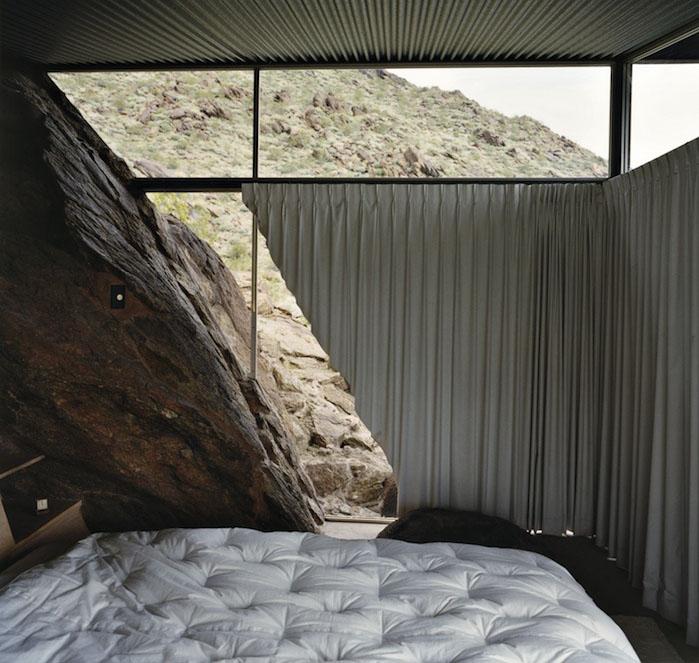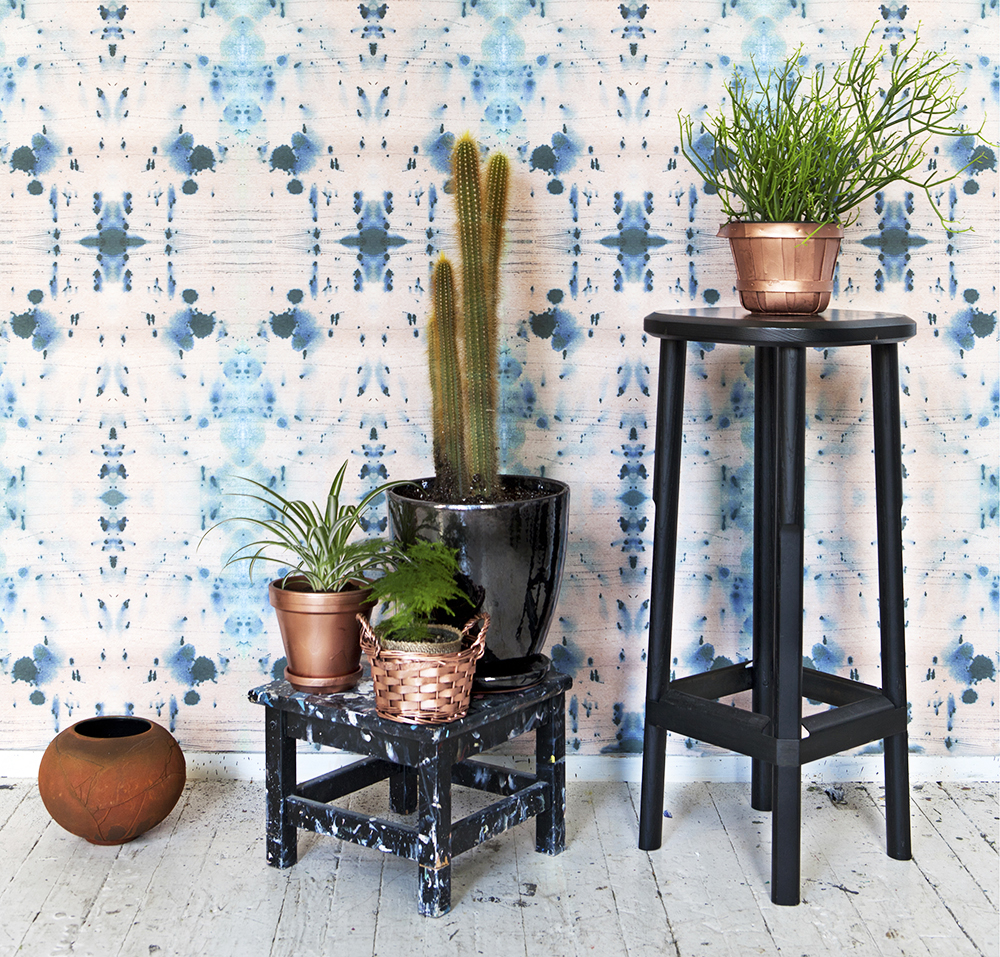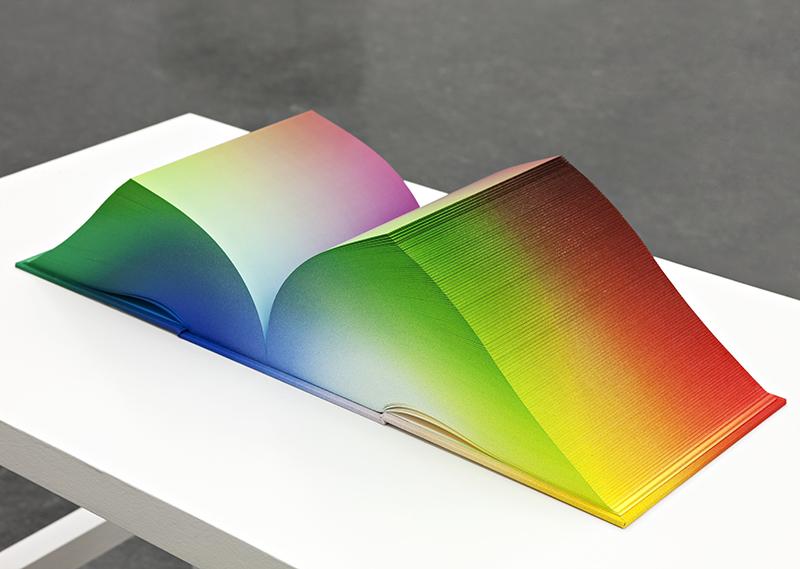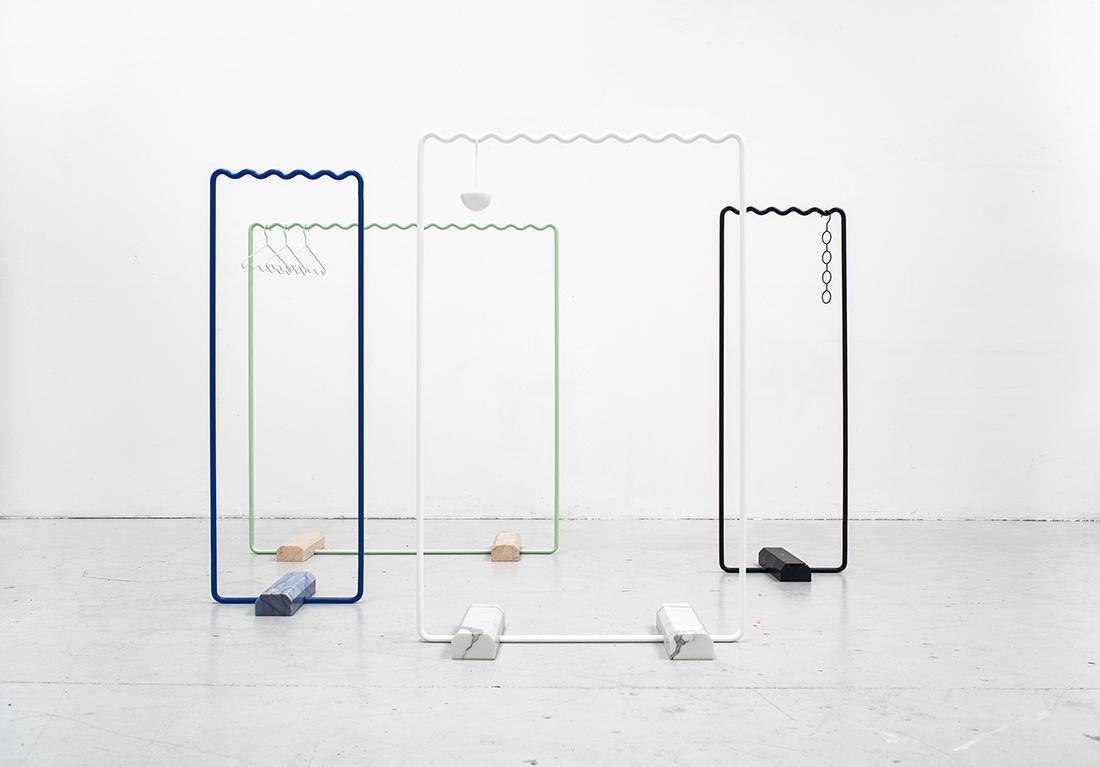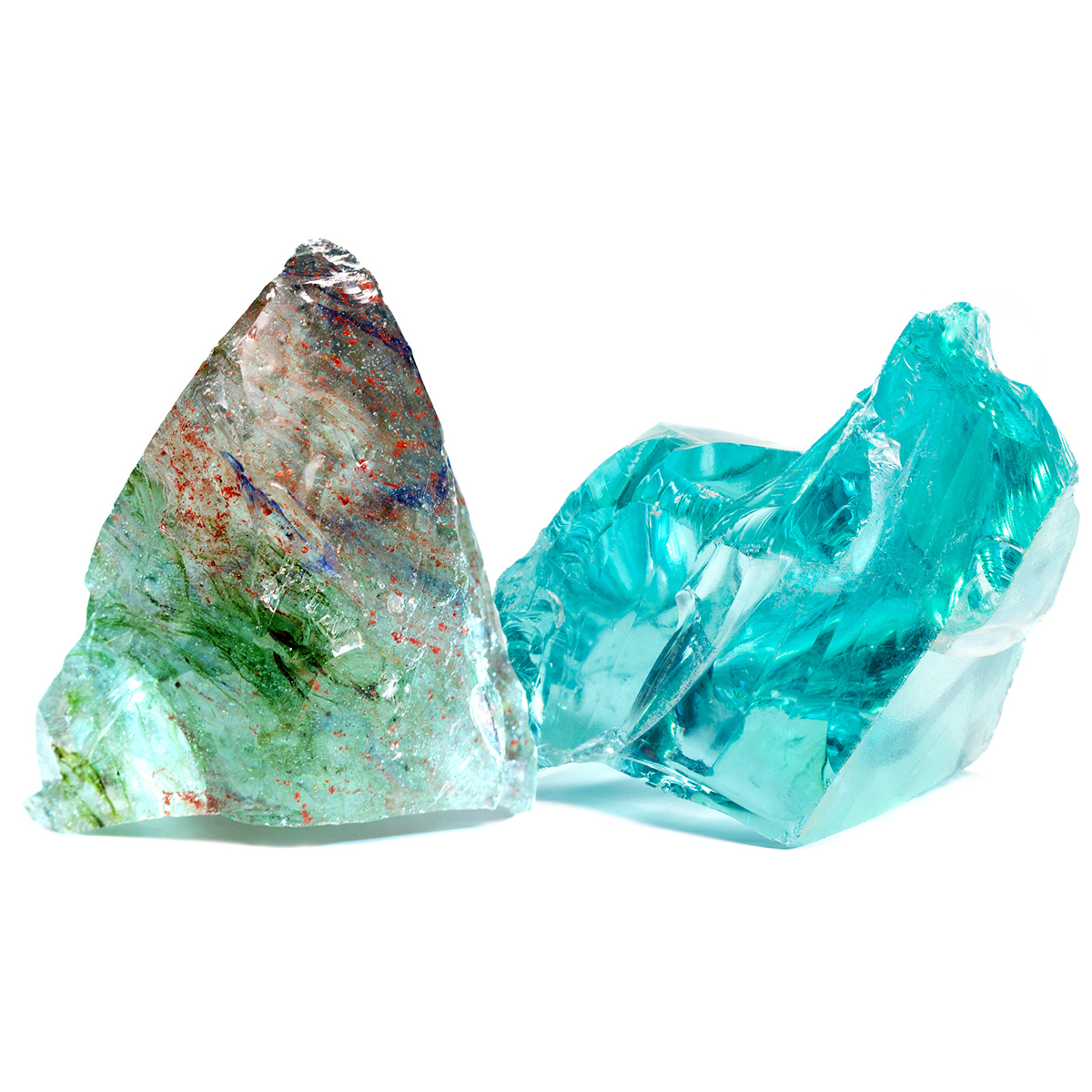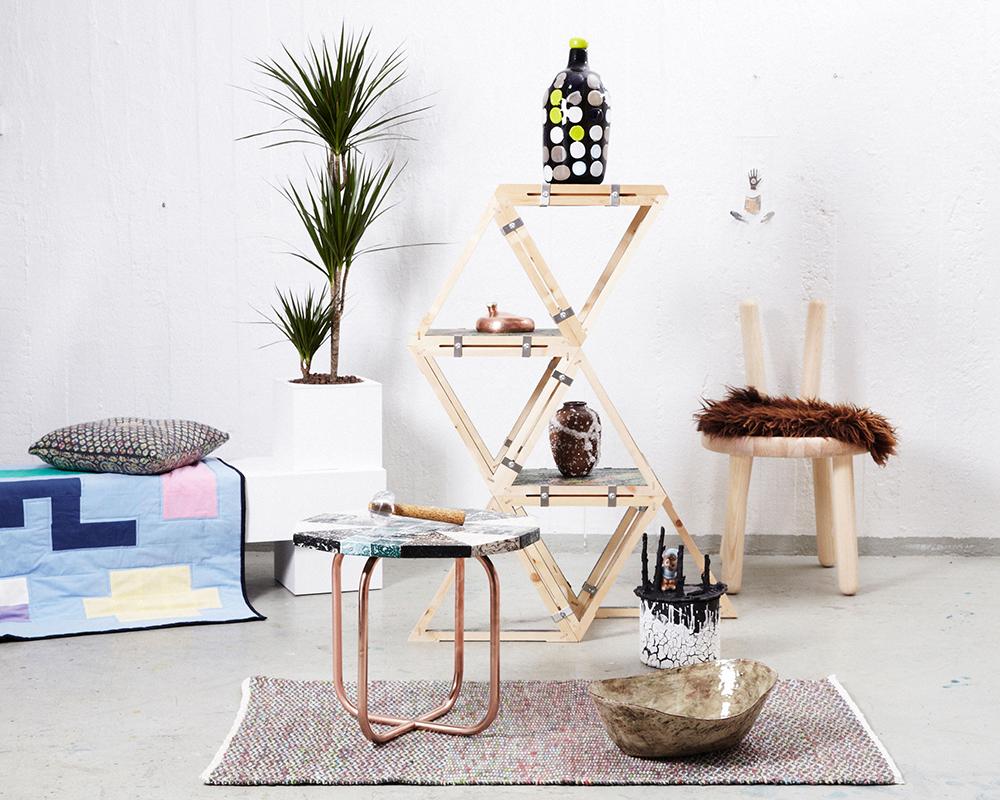One of these days, our repeated attempts to worm our way into the New York studio of the very private, very busy, very genius artist Tauba Auerbach will succeed. But in the meantime, we were pleased to see a particularly Sight Unseen-y feature on her posted last week on T Magazine's blog, penned by our friend Ken Miller for his ongoing "Under the Influence" column. It's basically an 8 Things teasing out the people, places, and objects that are currently inspiring her work, of which Miller writes on the site: "Reminiscent of the 1960s Op Art movement, especially the British painter Bridget Riley, Auerbach’s hypnotic paintings, sculptures, books and prints reflect abstraction, Minimalism and even Pop, with a meticulous attention to craft. She creates bright, vivid color-fields through complex patterning, making sophisticated pieces that feel enticingly simple." Check out four of Auerbach's current obsessions after the jump.

